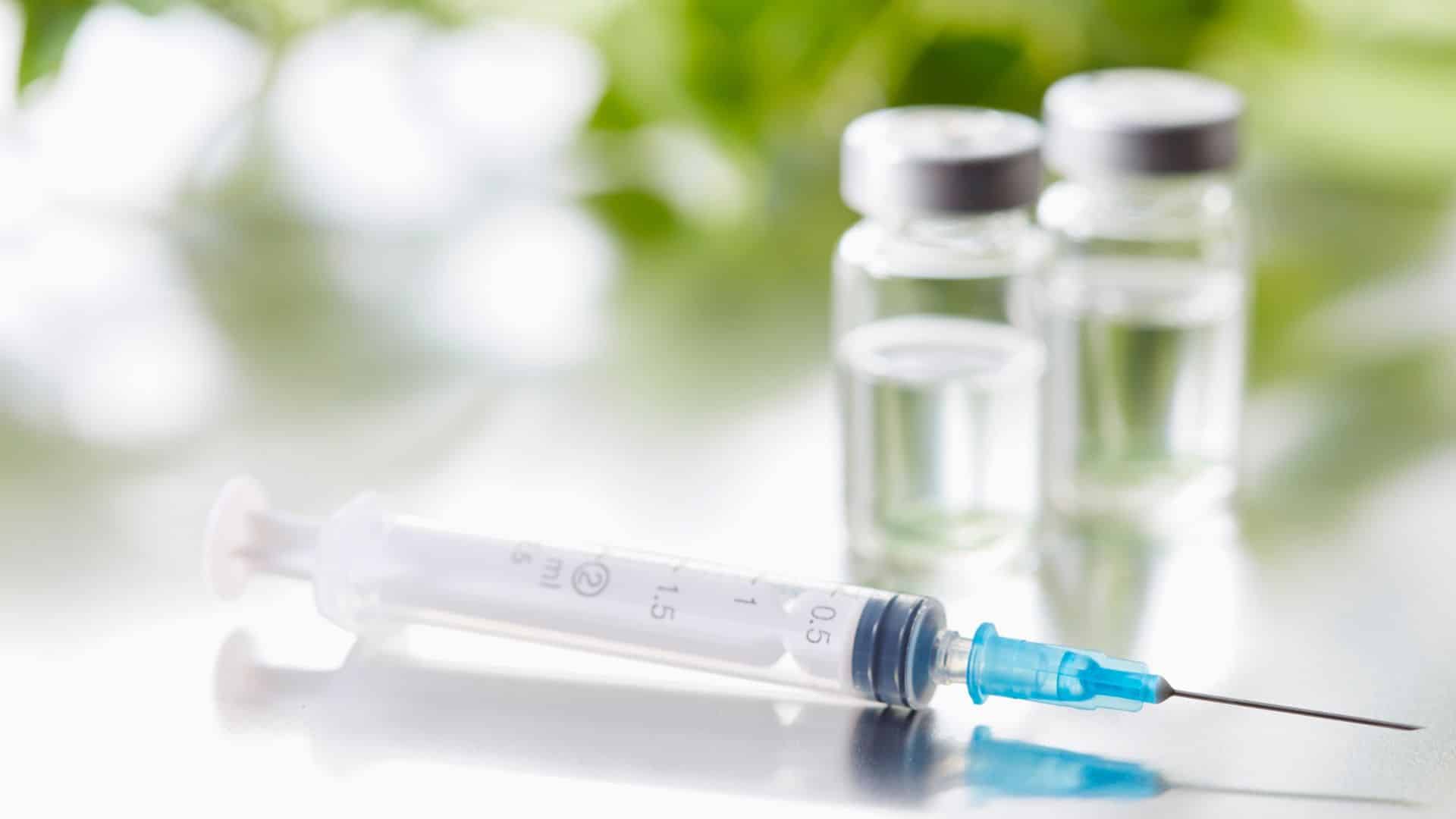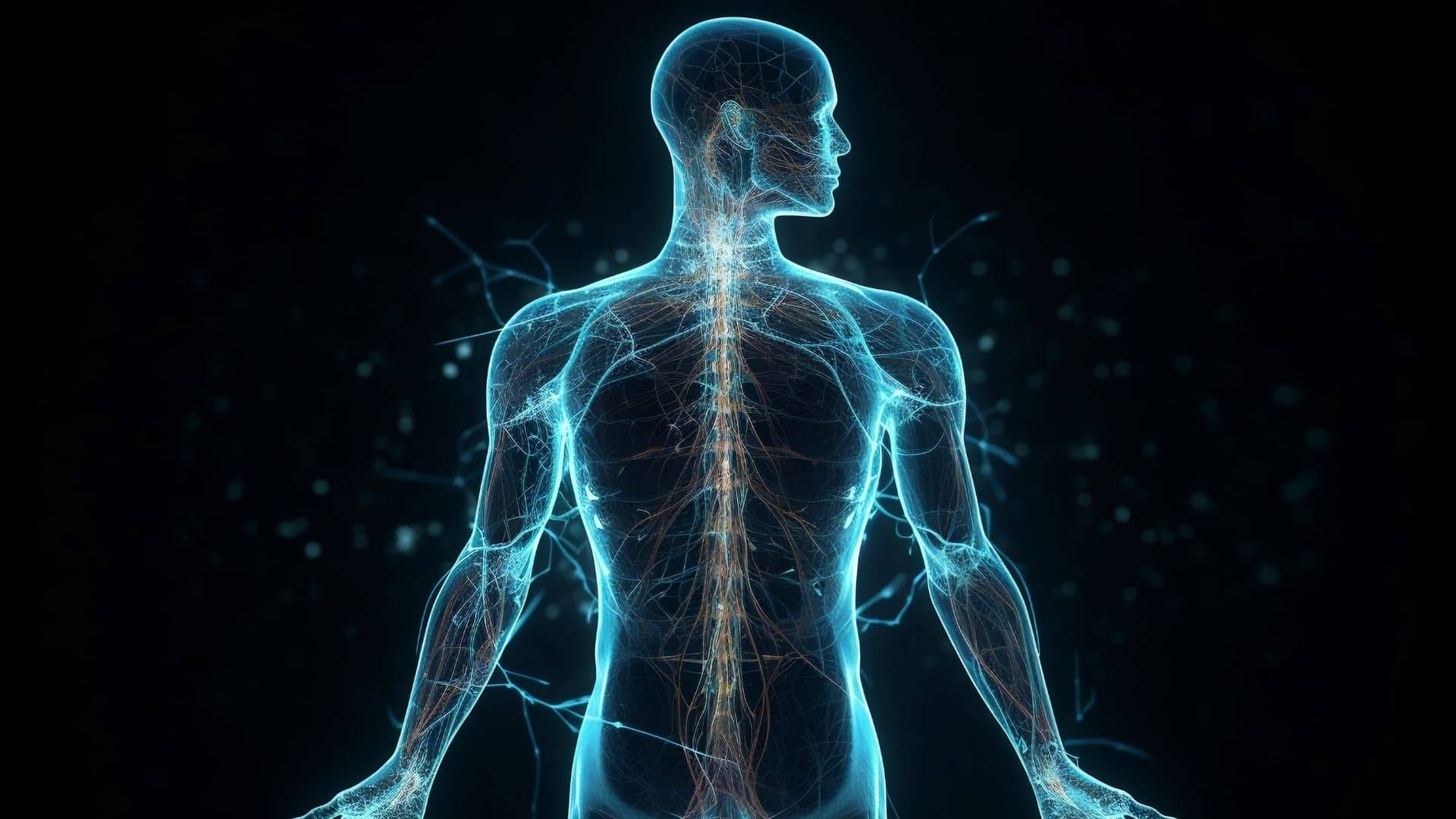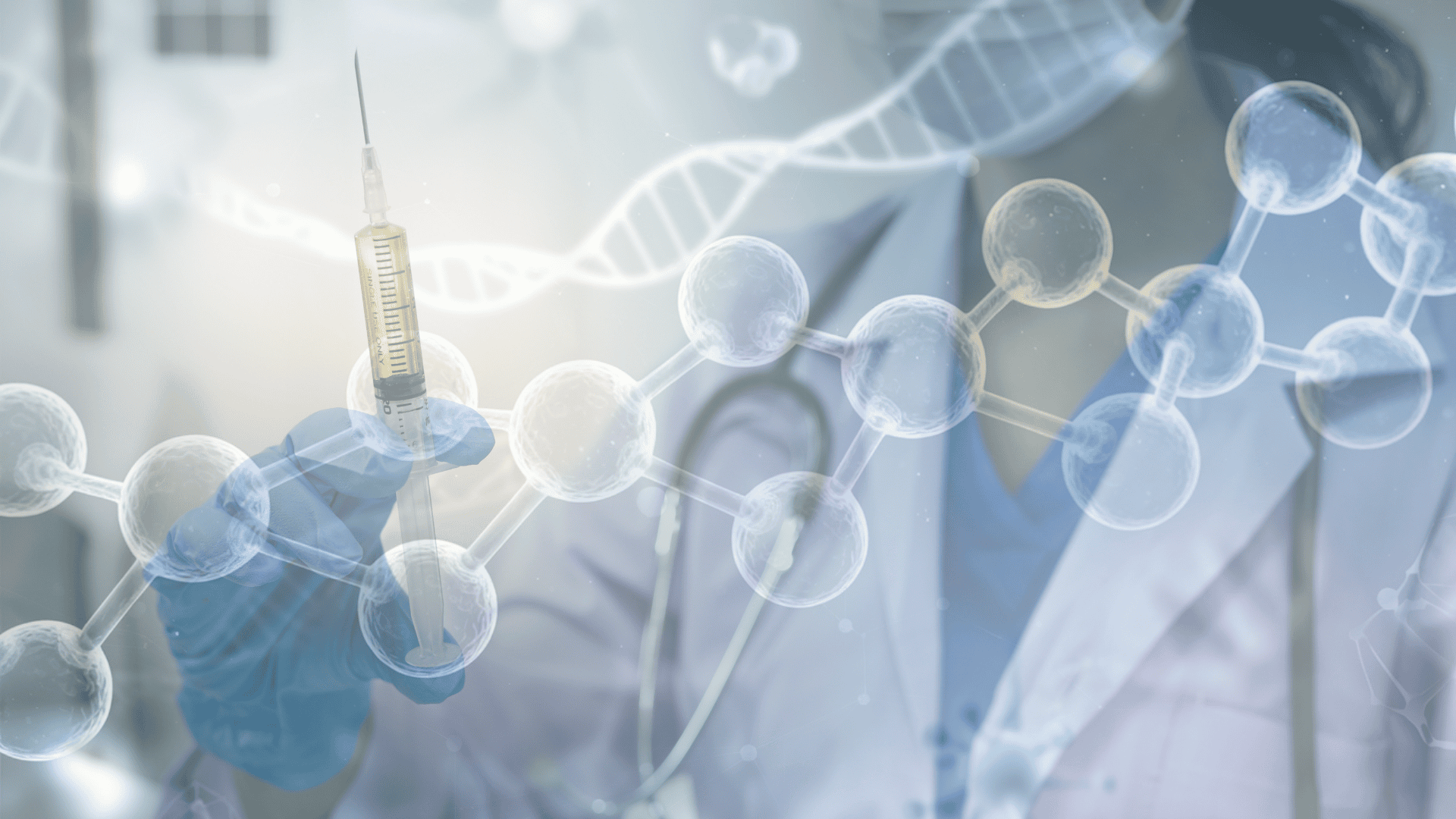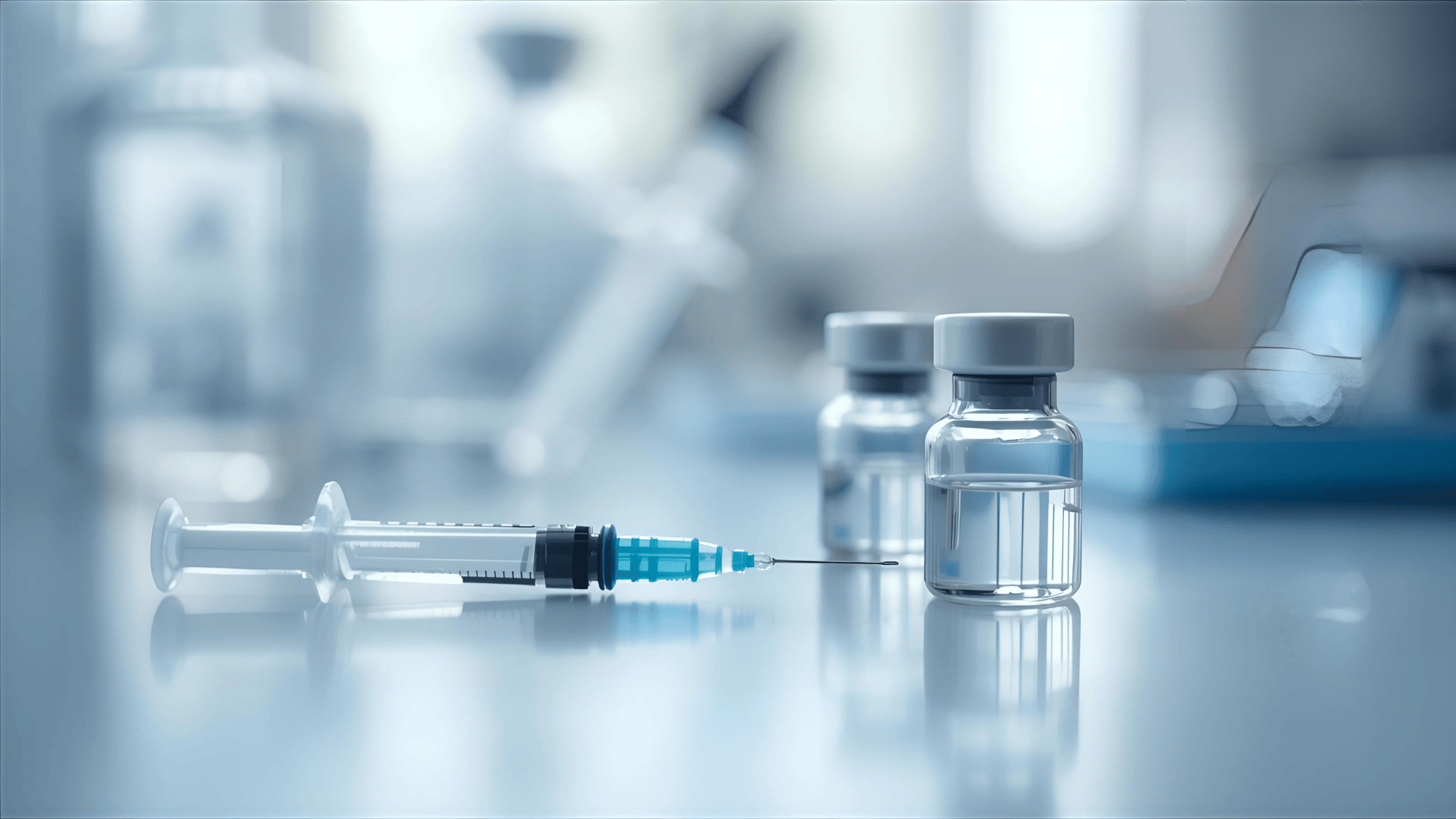Ever wondered how researchers reconstitute peptides safely without compromising their effectiveness?
Many scientists face challenges when handling lyophilized powders, often unsure how to begin the reconstitution process effectively.
Reconstituting peptides requires precise measurements, sterile conditions, and specific procedures that aren’t always straightforward.
Errors during reconstitution don’t just affect integrity; they can undermine months of planning and delay research outcomes
Getting this process wrong can result in the loss of valuable research materials and potentially skew your study outcomes.
In this blog, you’ll learn the complete step-by-step reconstitution process, find out reliable calculator tools, and master storage techniques that preserve peptide potency for weeks.
What is Peptide Reconstitution?
Peptide reconstitution is the process of dissolving lyophilized, freeze-dried peptide powder in a sterile solvent to create an injectable solution for research purposes.
Peptides arrive as lyophilized powders because they remain stable for weeks at room temperature, but cannot exert biological activity in this form.
The reconstitution process restores peptides to an active liquid form by adding solvent in controlled conditions, ensuring the peptide dissolves evenly and effectively.
Most research facilities use bacteriostatic water as a preferred solvent, which contains 0.9% benzyl alcohol, preventing bacterial growth and allowing for multiple uses.
Proper reconstitution ensures accurate dosing for research applications, while following established protocols prevents peptide denaturation and loss of biological activity.
Step-by-Step Reconstitution Process
Follow this detailed reconstitution process using proper sterile technique. Here are the materials you’ll need, as shown in the table below.
| Material | Specifications | Purpose |
|---|---|---|
| Peptide vial | Lyophilized powder form | Contains the peptide to be reconstituted |
| Mixing syringe | 1-3ml capacity (as per your needs) | For measuring and injecting bacteriostatic water |
| Mixing needle | 18-25 gauge, 1 inch (as per your needs) | For penetrating vial stoppers |
| Bacteriostatic water | Sterile mixing water | Solvent for dissolving peptide powder |
| Sterile alcohol pad | Single-use swab | For sterilizing vial stoppers |
Step 1: Gather Materials
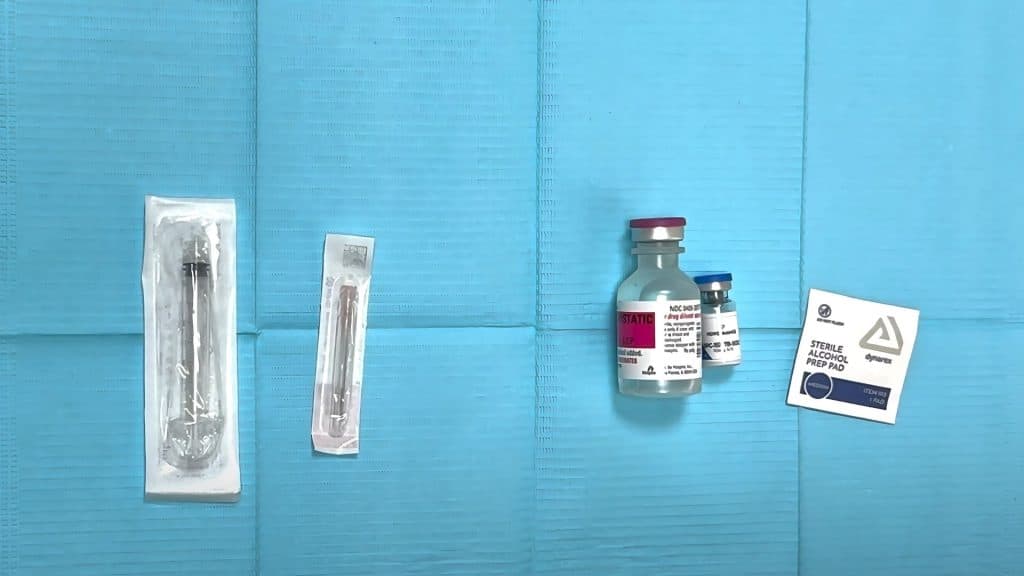
Collect all the materials listed above in the table before beginning the peptide reconstitution process to ensure a proper workflow.
Having everything ready prevents contamination and maintains sterility throughout the procedure. Organize items on your clean workspace for easy access.
Step 2: Prepare Syringe and Needle
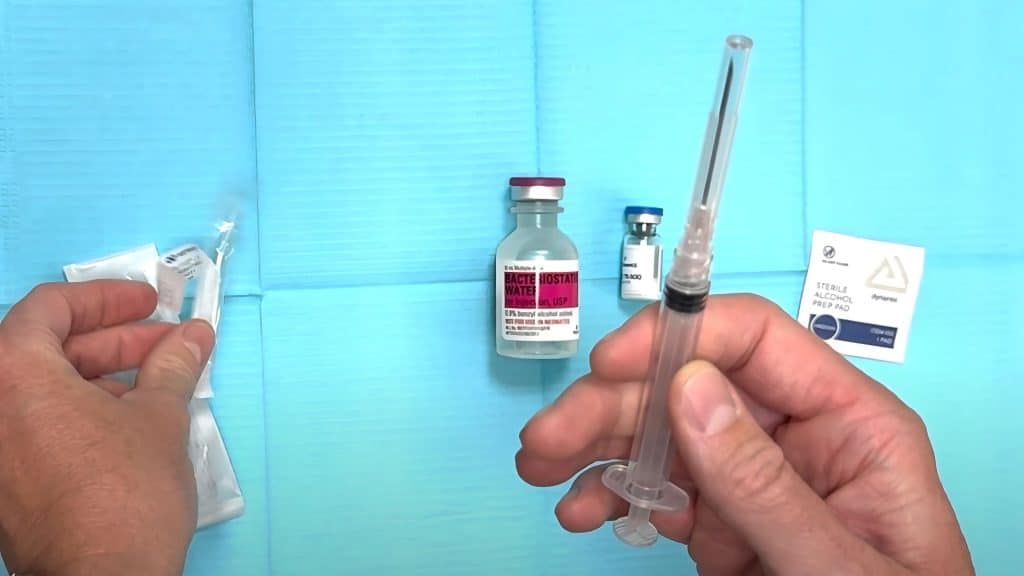
Open the syringe and needle packages carefully to maintain sterility. Attach the needle to the syringe using the luer lock twist-on connection.
Leave the protective cap on the needle until ready for use. Set the assembled syringe aside in your sterile workspace area.
Step 3: Remove Vial Caps
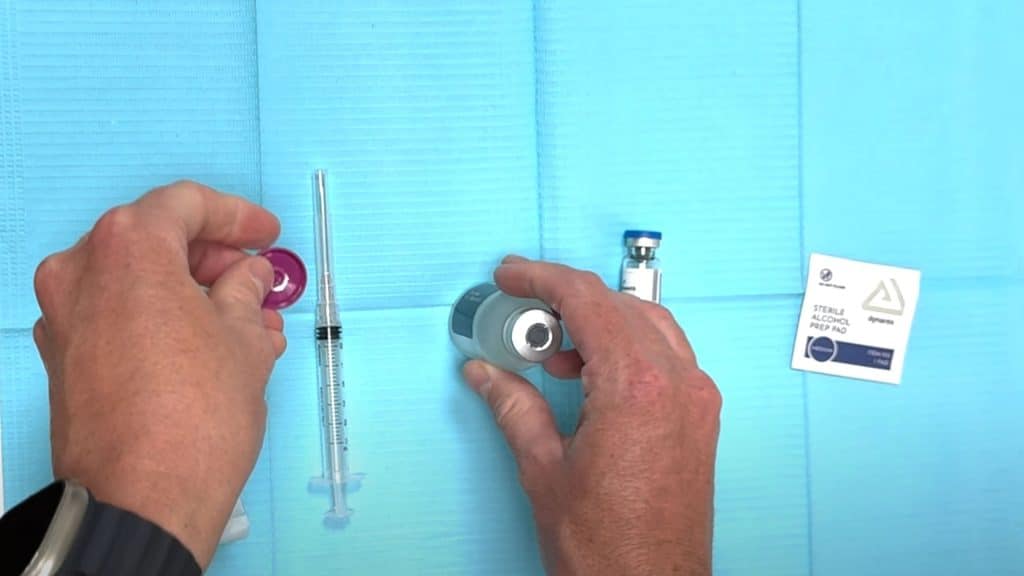
Pop off the plastic tops from both the bacteriostatic water and peptide vials. These protective caps can be removed easily with gentle pressure.
The removed caps can be discarded as they are no longer needed. Handle vials carefully to avoid contaminating the rubber stoppers.
Step 4: Sterilize Vial Stoppers
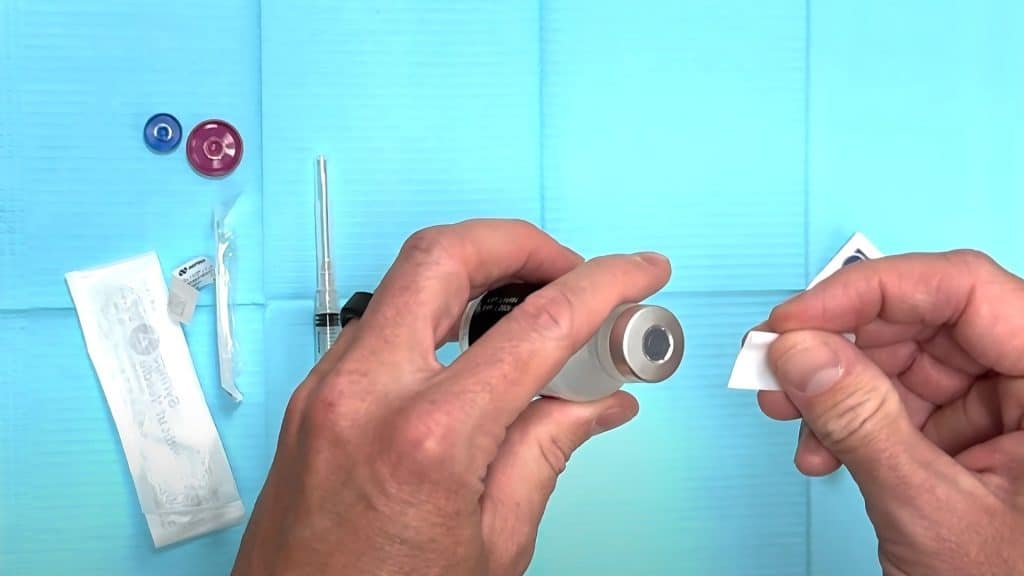
Use an alcohol swab to thoroughly clean the gray rubber piece in the center of each metal cap on both vials.
Ensure both stoppers are completely sterile before proceeding. Allow alcohol to dry completely to prevent contamination during needle insertion.
Step 5: Measure and Draw Solvent
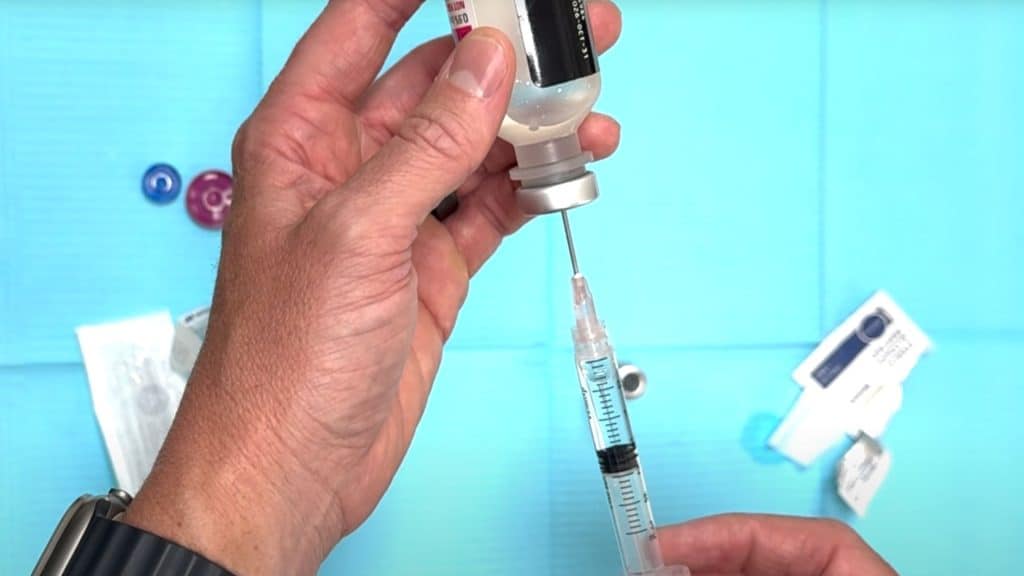
Remove the needle cap and slide the plunger down to the required mL measurement, as specified in your dosing guidelines for the peptide.
This creates negative pressure inside the syringe. Push the needle through the gray rubber center and inject air first to equalize pressure.
Step 6: Inject Solvent into Peptide Vial
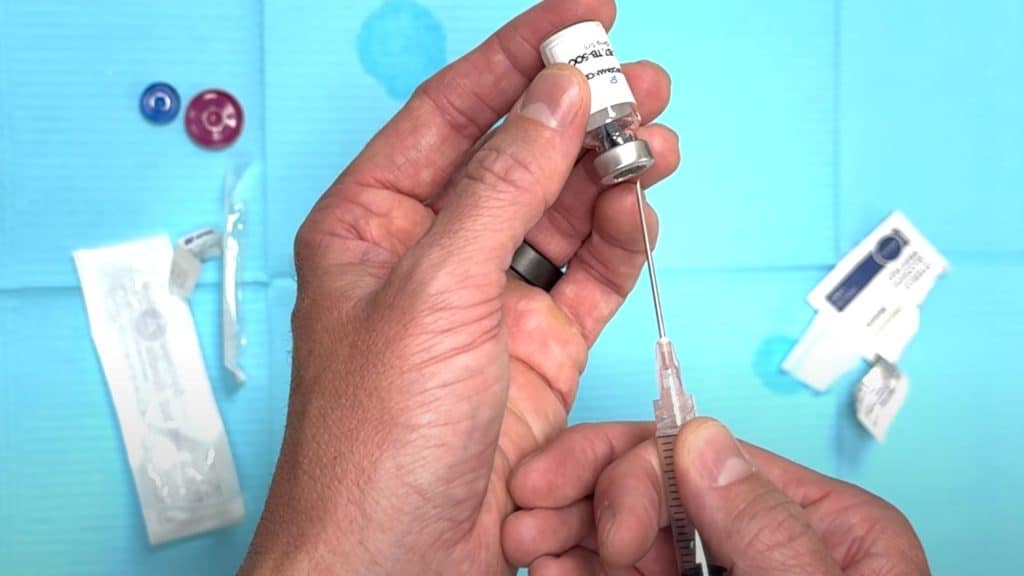
Draw back the exact amount of bacteriostatic water needed for reconstitution. Remove any air bubbles by adjusting the plunger position.
Insert the needle into the peptide vial through the gray rubber center. Aim water toward the glass sides, not directly at the powder particles.
Step 7: Swirl to Dissolve Peptide
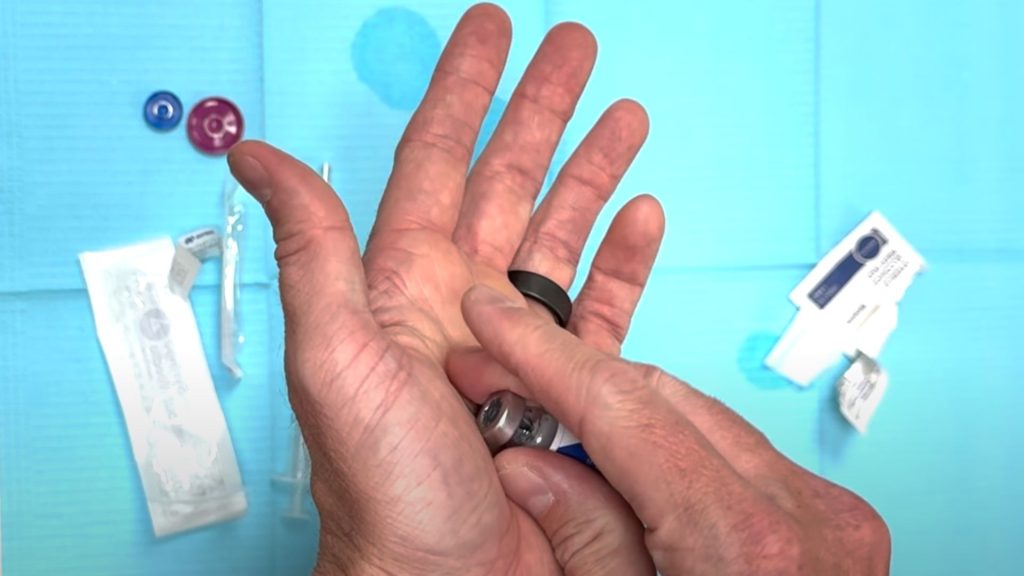
The pressure difference helps water enter the vial automatically once you begin injecting. Remove the syringe and replace the needle cap.
Set the timer for four minutes and gently swirl or roll the vial in your hands. Never shake the peptide as this damages the structure.
Step 8: Store Reconstituted Peptide
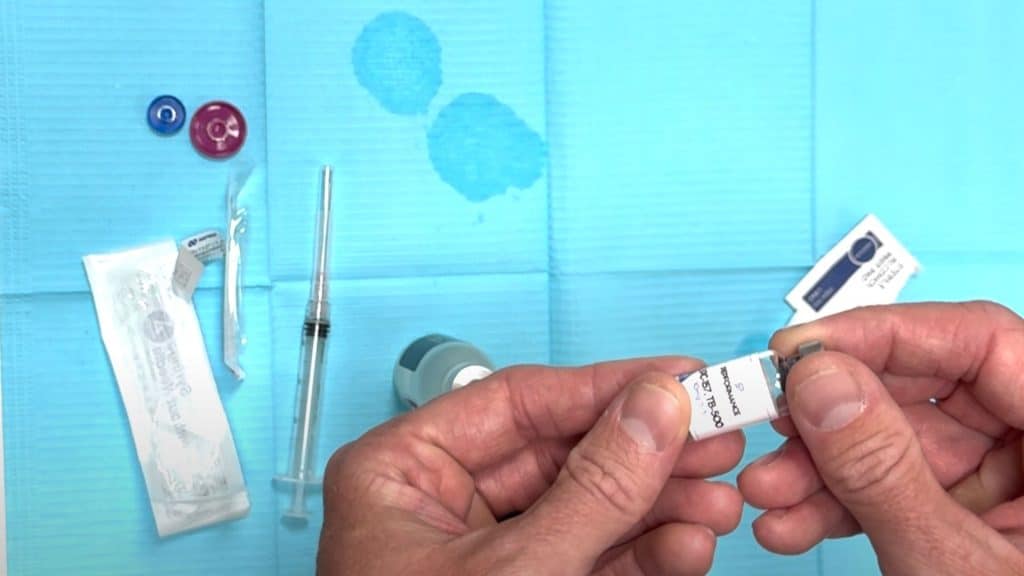
Continue gentle swirling until you can look through the glass and no longer see any undissolved particles remaining in the solution.
After full dissolution, refrigerate the peptide promptly to preserve its structure and experimental reliability.
Video Tutorial
I’d like to acknowledge Movement Clinic for the insightful video, which served as a key reference in compiling this guide.
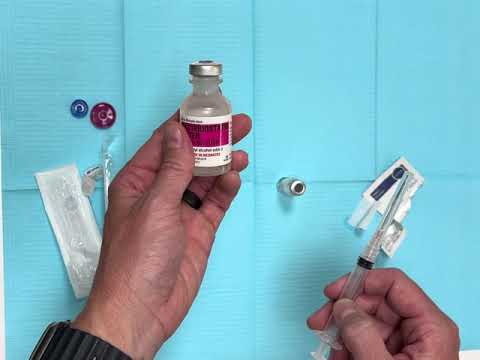
Using Peptide Reconstitution Calculators
Use these reliable peptide reconstitution calculators to determine accurate dosing measurements. Simply enter your peptide specifications to ensure precise concentration calculations.
Particle Peptides Peptide Calculator
Provides comprehensive reconstitution guidance with visual diagrams showing vial quality, bacteriostatic water usage, and unit measurements for accurate peptide preparation procedures.
Cellgenic Peptide Calculator
Interactive calculator with visual syringe meter showing exact draw amounts. Input desired dose, peptide strength, and water volume for concentration results.
Prime Peptides Peptide Calculator
Features a step-by-step calculation process with examples. Helps determine the exact solution volume needed by inputting peptide mass, water amount, and desired dose.
Important Note: These calculators are recommended based on user reviews and research accuracy, not sponsored. Always verify calculations with healthcare professionals.
Wrapping It Up
In summary, mastering peptide reconstitution enables you to change your research outcomes from unpredictable to consistently reliable.
The techniques covered eliminate guesswork and prevent costly mistakes plaguing many laboratories.
Success depends on combining precise sterile handling with accurate dosing techniques for dependable results
These skills become second nature with practice, ensuring research maintains the highest standards.
Each peptide may have specific requirements; therefore, always consult the manufacturer’s guidelines in conjunction with these protocols.
The quality of reconstitution has a direct impact on the validity and reproducibility of research. Your peptide research deserves precision and care.
What specific reconstitution challenges have you encountered in your laboratory work?

